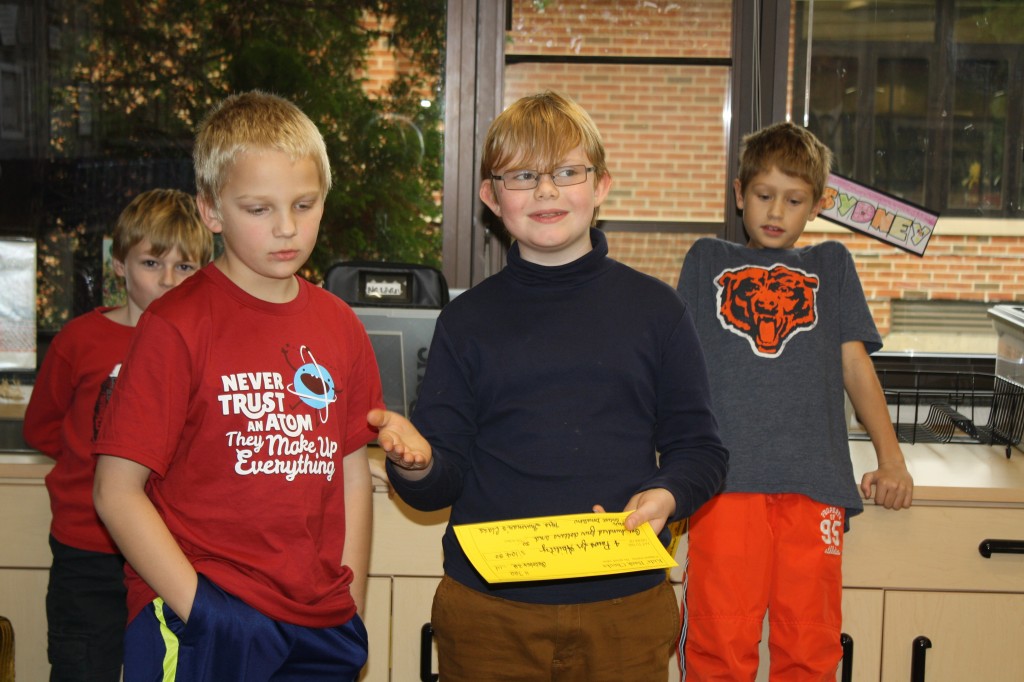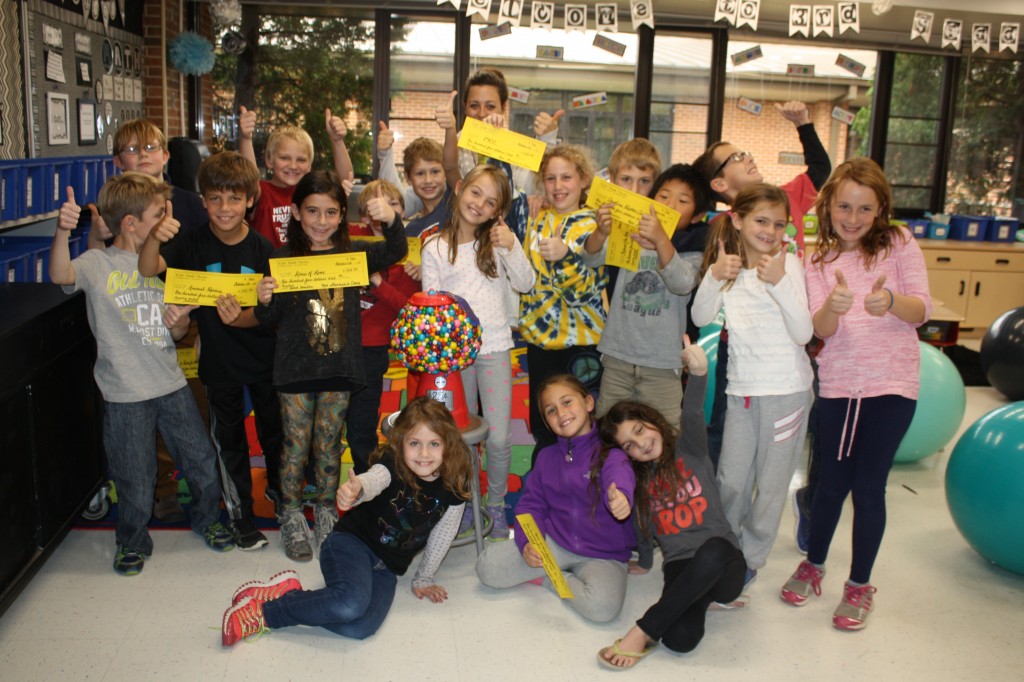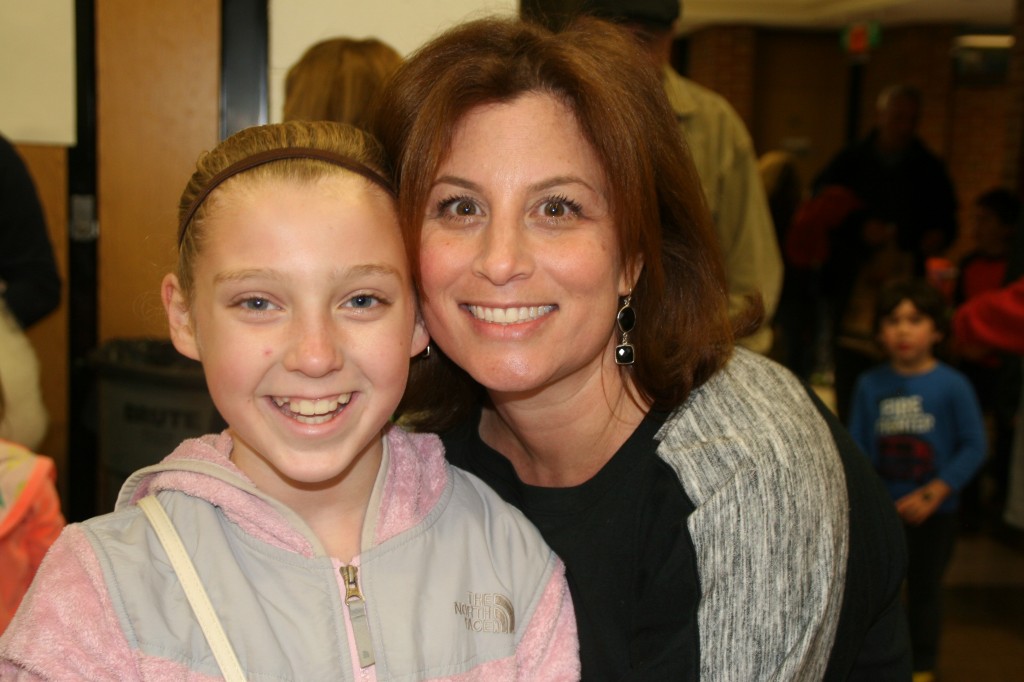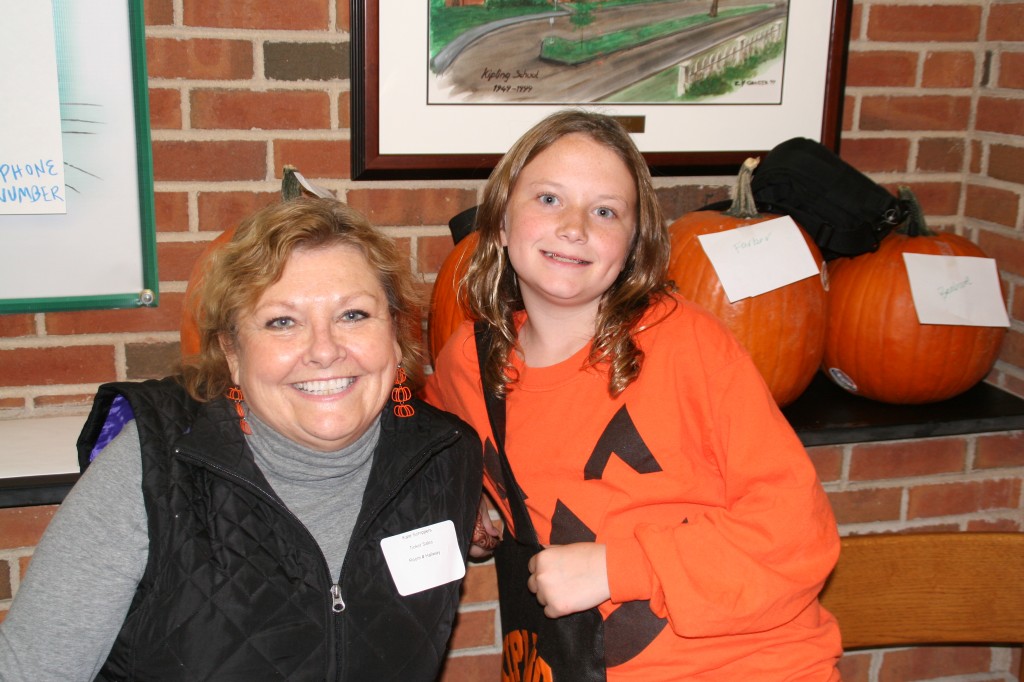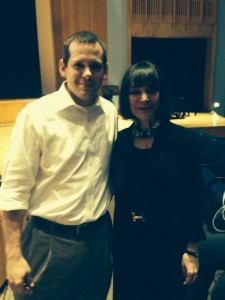Times are very exciting here at Kipling as well as throughout our entire district. There are large scale and very noticeable changes such as 1:1 learning with IPADS and Chromebooks but there are also very important changes in regards to how we are measuring student progress and reporting to students and families.
Last year, a group of elementary educators got together to revamp our school report card -now known as a progress report. Prior to beginning the work, a team of administrators including myself attended a workshop in Springfield with Dr. Tom Guskey of the University of Kentucky, one of the leaders of standards based grading and reporting in the world. In addition to that the district brought Dr. Guskey here to Deerfield last winter to speak to our entire DPS109 staff.
The important thing to remember about all of this work and learning on the part of our staff was that the intention was not to create a better document to use for a report card, although we think we have done that too, instead it was to communicate to parents and students about academic progress in a more clear and informative manner. This brings me to the purpose we created that you will see on the top of your child’s progress report
Purpose of the Progress Report
The purpose of this progress report is to clearly communicate with parents and
students about the achievement of specific learning standards and student work
habits. It identifies students’ levels of progress with regard to those standards, areas
of strength, and areas where additional time and effort are needed.
You can view blank progress reports for all grades here – K-5 Progress Reports
In addition, here are parent guides for each grade level.
Kindergarten
1st Grade
2nd Grade
3rd Grade
4th Grade
5th Grade
I would like also like to share with you 3 major changes in our new progress reports.
The 4, 3, 2, 1
We are reporting progress in a format that we believe will be easier to communicate progress toward specific learning goals. The marks are:
4 – Exceeding Standards
3 – Meeting Standards
2 – Working Toward Standards
1 – Not Meeting Standards
It is important to understand that a 3 is a good mark. When a student is receiving a 3 that means they are demonstrating an understanding of that grade level standard as would be expected. They have learned what we wanted them to learn. A 4 is specifically for exceeding standards – students are demonstrating ability beyond the expected level or are working at a higher level within the grade level standard. Here are a couple of examples that help explain. Example 1 Example 2
Also in grades 4 and 5 we are no longer using A, B, C, D to report student progress. Instead we are using the marks 4, 3, 2, 1 also. One thing that may pop into your mind is that we have just replaced ABCD with 4321. That is not the case. The change is not so much about the numbers or letters as to what they represent. For instance, I could assign the grades of Zebra, Elephant, Giraffe, and Lion and as long as we were in agreement on what they represented they would essentially serve the same purpose as an A, B, C, or D. The change is much larger than that – pay attention to the words that are associated with each number. When we measure progress against a specific skill or academic standard we are looking at how well students have learned and are able to demonstrate that skill or standard.
Assessing Mastery not Average Performance
In a system of traditional grading like most of us grew up in grades were determined by adding up total points earned or averaging all grades for the trimester. Lets look at an example often used by Tom Guskey that shows the folly in traditional grading.
The chart above shows possible examples for three different students. What they are learning can be anything you want. It could be finding key details in informational text or it could be math facts within 10 – it could be any standard that we are collecting evidence and monitoring progress on. I use the letter E to stand for the word evidence. The individual piece of evidence can be whatever you want such as a test, quiz, etc. Let’s look at these three students one at a time.
Student 1
This student didn’t start out well. Clearly he did not know the standard/skill at the beginning. But what we do see is steady progress and evidence of learning over time. Eventually on the last assessment we see that the student got a 99 percent.
Student 2
This student started in the high 70’s but he never really went anywhere after that. The student did not do any worse than he had at the beginning of learning but he also never progressed to a higher level.
Student 3
This student started out poorly for the first two assessments but then something clicked for her and she got it right away. On the 3rd assessment she clearly aced everything she did after that, to the point that on the last assessment she didn’t miss any.
Here is an example of 3 different students with very different levels of performance over varying spans of time. The problem with traditional grading is that when I average all of the work the students did all three students end up with a 79% or a C. That doesn’t really seem fair. And it’s not. Nor as a parent does the 79% or the letter grade of a C tell me which one of the C’s is my child. Averaging all of a student’s scores with equal weight does not account for learning or progress. To me the last of the five pieces of evidence is the most important and counts way more than any of the others. It tells me where your learning is at the end of all the instruction and practice. Have you mastered the skill or not?
Before we move on to number 3 you may be thinking to yourself – Where is the motivation if a student isn’t working for an A or B? The answer to that question is that the motivation shifts from the arbitrary A and the fixed mindset view of letter attainment to a growth mindset view that is focused on learning what you should learn. Think back to your own experience in college or school. We all have memories of working very hard for an A or B. But in the end what did it really tell us we had learned? Or did it just tell us that we worked hard? Don’t get me wrong, both are important. But our purpose in academic markings is to provide you information on learning and mastery not necessarily effort.
Habits of Success
Reporting progress against academic standards means just that. We are no longer going to lump things like time management or organization into the academic grade. It doesn’t really make sense when you think about it. Let’s say a student has a difficult time following directions but they know their math facts inside and out. Should I penalize them academically for not following directions? I don’t think so. That said, it is important to report to parents and students how students are doing in areas such as following directions or organization. However, we need to separate those behavioral aspects out of academic grades. We call this section of the progress report Habits of Success. The reason we call it habits of success is that these are things that can be learned with deliberate concentration and practice which we believe will lead to success.
Habits of Success
Respects others’ rights, feelings, and property
Follows directions
Uses time effectively
Organizes self and materials
Completes assignments with quality and punctuality
Exhibits effort, commitment, and perseverance
There will be many questions and that is a normal part of the learning process. In the end we hope you find standards based learning and reporting a more informative means of communicating your child’s progress. I will end with a short video about standards based learning in case you are still wanting more.




